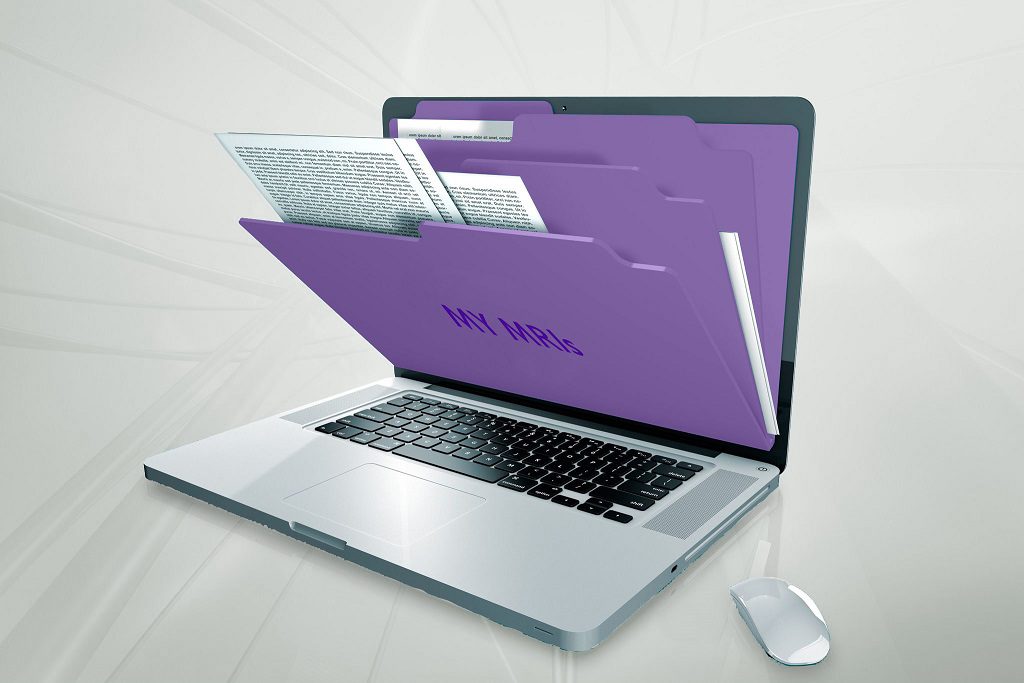Preparing to Save Screenshots (SSs) of Your MRIs

Once you receive your MRIs disk, you will need access to a computer to view them and turn them into two-dimensional screenshots to share in WTF!
You will need to create nested files to save and organize the screenshots.
“Nested files” are folders saved inside of folders. I find it easiest to think of it in terms of “filing cabinet organization.” You have a filing cabinet (one main folder that is easy to access on your desktop (a desktop is the main screen on your computer or mobile device) or cloud). In your filing cabinet, you have different hanging file folders that allow you to group together several folders that are distinct but share a common (first series of folders inside your main file folder).
This can be done in several different ways depending on your access to the computer and how you wish to use them.
- If you plan on saving them to your personal computer or a computer that you have regular access to (and there is no reason for that access to change), a series of nested files on your desktop should suffice.
- If you do not have a computer or reliable access to a single computer, you will have to consider other options, such as:
- Creating nested files on a cloud. A cloud is storage space on a global server, such as iCloud, MS OneDrive, Google Drive, Dropbox, etc. Some are free for a limited amount of space (usually 15 GB) and if you intend or think you might need more than that, they generally offer it for a nominal fee (monthly or annually).
- Saving nested files on a portable disk or device (such as a flash drive or external hard drive). The biggest difference in the three options involves the size of storage space and the price you are willing and able to spend, as the price is directly proportional to the storage space.
- Disks have the smallest amount of storage space (usually 670MB to 999.3MB), so they are fairly inexpensive, but they do have their drawbacks: Firstly, they are prone to damage and it can be difficult and expensive, or often impossible to retrieve information off of a damaged disk. Secondly, CD-R and DVD-R are a write-once format – once you burn information onto a disk, it is on the disk. If you plan on being able to rewrite to a disk, you will usually need a CD-RW (Compact Disk-ReWritable) or DVD-RW (Digital Versatile Disk-ReWritable), which are more expensive and still prone to being damaged.
- Flash Drives generally have more storage memory than disks (usually 2GB to 1TB (1GB = 1000MG; 1TB = 1000GB), although smaller and larger flash drives do exist) and are relatively inexpensive. Prices are based on the size of the drive. The major drawback to flash drives is that they can easily become corrupt (for instance, when they are removed from a computer without being properly ejected) and when that happens it is difficult or impossible to retrieve the information from it.
- Tip: You never want to get too close to the maximum memory space in any of these methods, or you risk losing it all.
Once you have decided where to store the files, create a new folder there and name the folder something like, “My MRIs.” You can do this by right-clicking on your desktop and going to New > Folder). Name the folder something to easily identify it with, such as “My MRIs” or if you have multiple family members that need/get MRIs, be sure to make an individual folder for each member of the family. Inside of that folder, you will want to create a new a new folder with the date (because we tend to have frequent MRIs). Each time you have a new MRI done, you will want to create a new folder with the date, so they’re easy to differentiate and find later.
